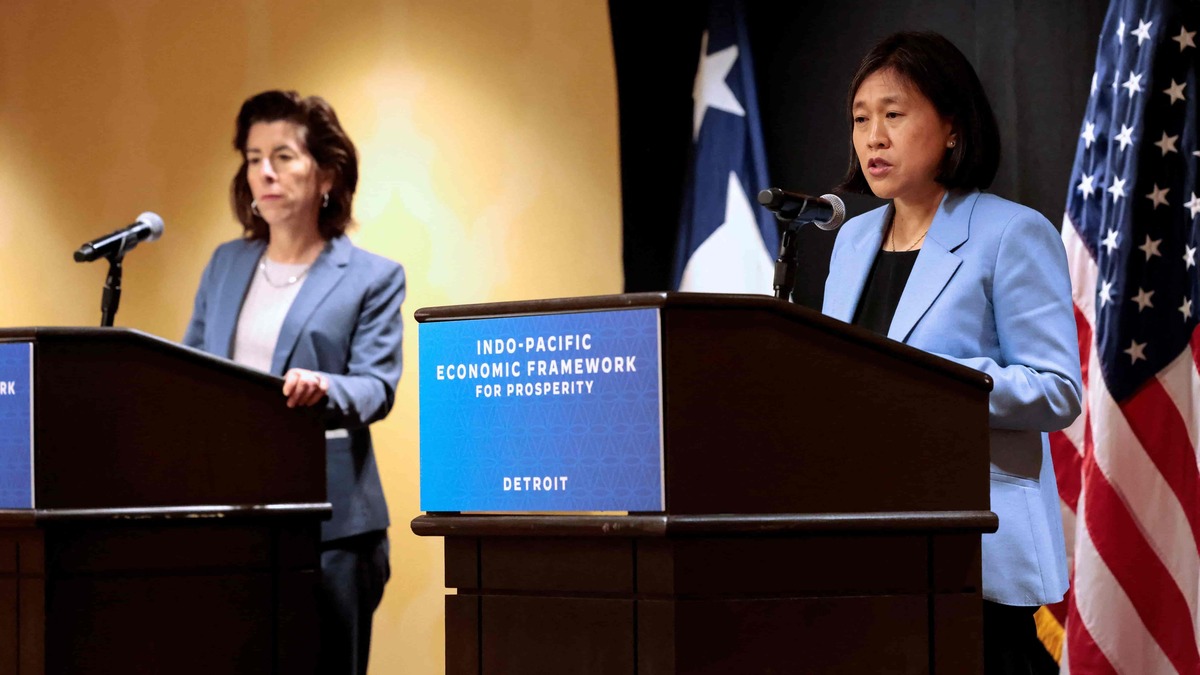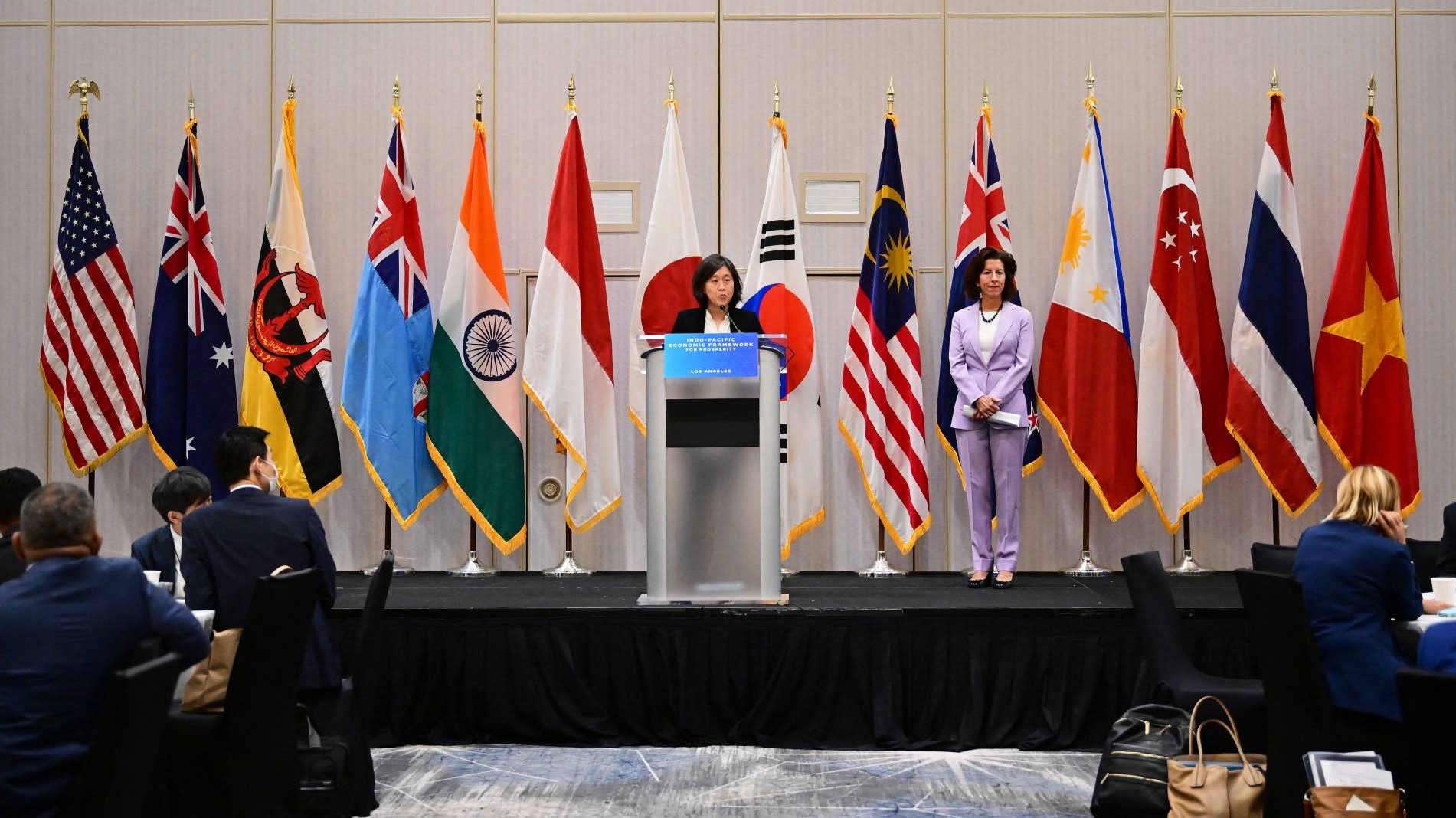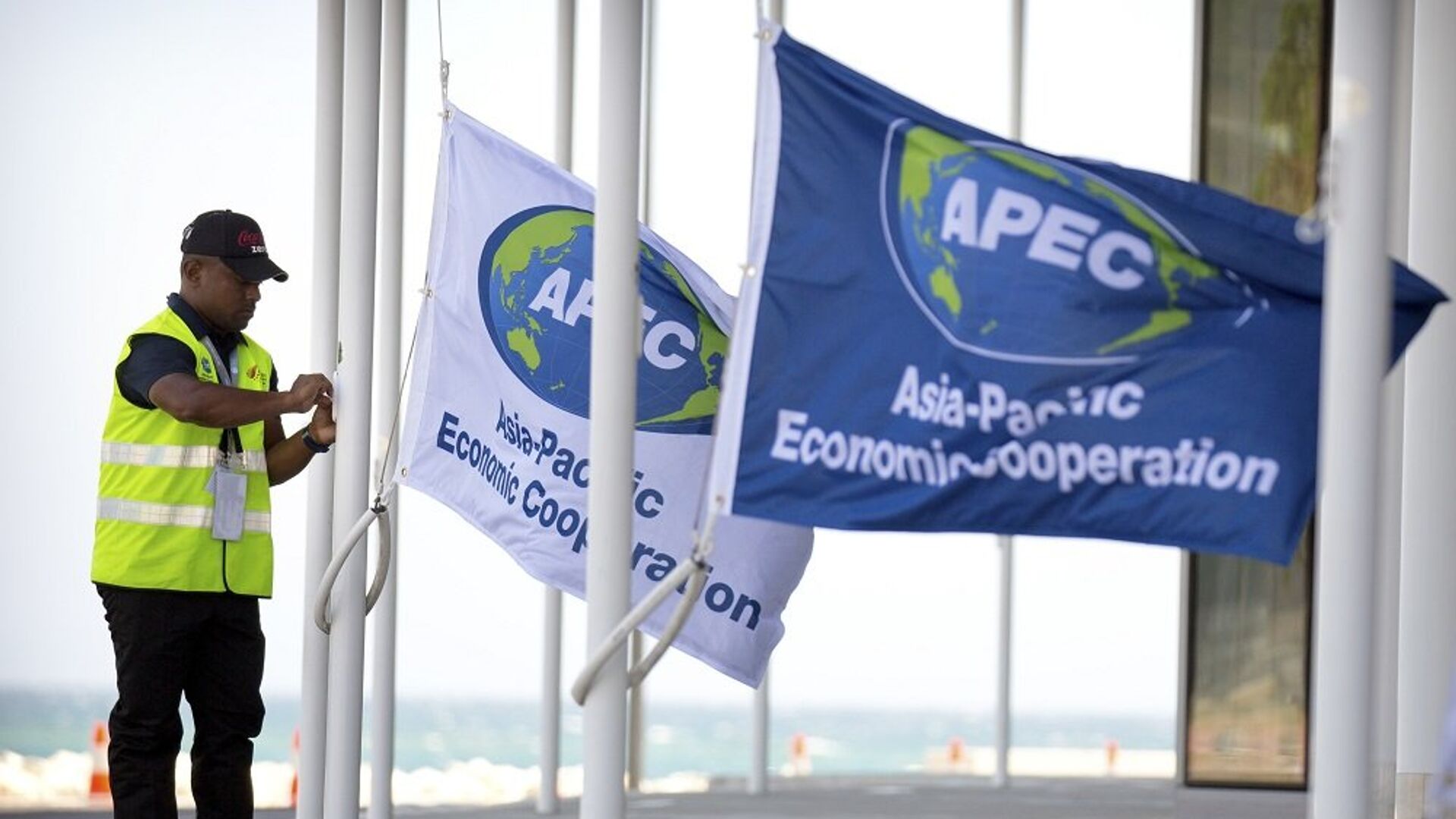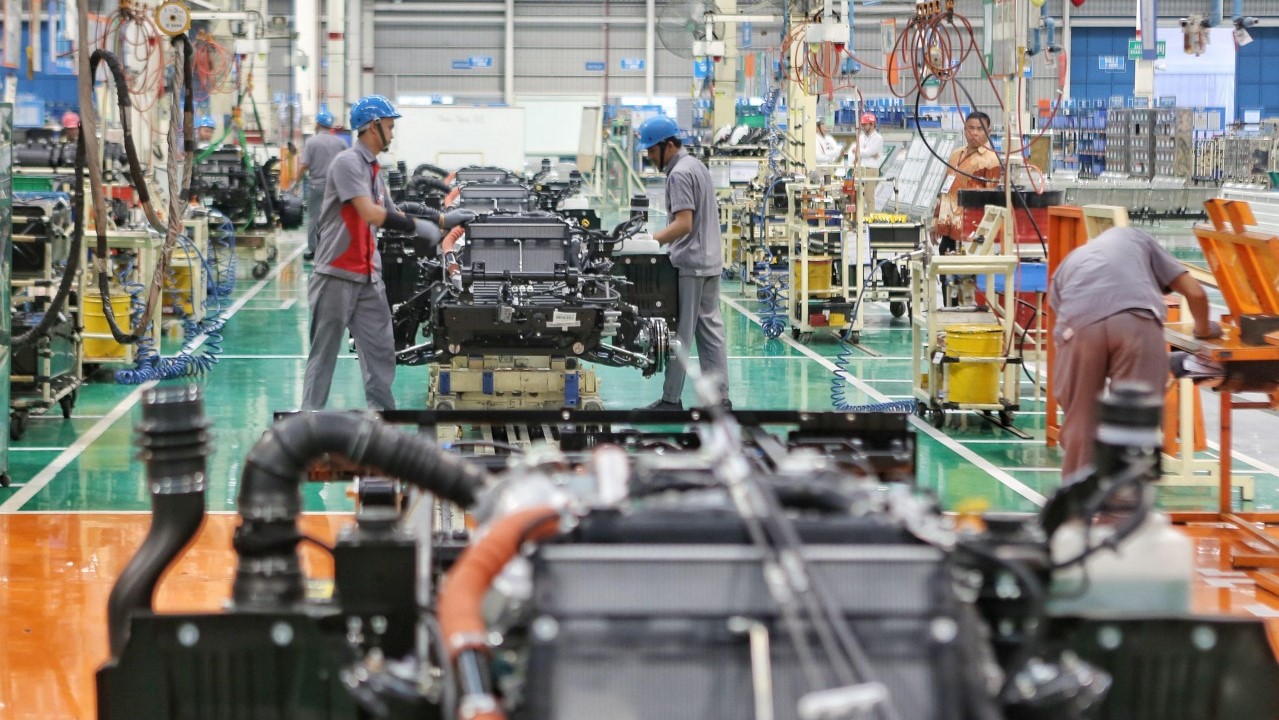Published 30 May 2023
A deal on the supply chain pillar of the IPEF was reached on the fringe of the APEC ministerial meeting over the weekend. The successful conclusion of an agreement on the supply chain pillar of the IPEF last weekend reflects a Herculean effort on the part of negotiators and generates a positive momentum for the other three pillars. But it would be premature to call it a victory.
Negotiators have reached agreement on the supply chain pillar, one of four underpinning the US-led Indo-Pacific Economic Framework. The US envisions the looser framework agreement as an innovative alternative to traditional free trade agreements as well as a strong signal of US engagement in a region awash in geopolitical flashpoints.
The agreement reached over the weekend, on the margins of the Asia-Pacific Economic Cooperation ministerial meeting hosted by the US, provides a bit more clarity on how this new style looks and what it could produce.
Launched a year ago, IPEF includes Australia, Brunei, Fiji, India, Indonesia, Japan, South Korea, Malaysia, New Zealand, the Philippines, Singapore, Thailand, and Vietnam.
The supply chain agreement aims to strengthen supply chains for the US and its partners in the pact, and establishes a framework for cooperation on priorities such as workforce development, supply chain monitoring, investment promotion, and crisis response.
The IPEF is a non-traditional trade agreement in which its four pillars – trade, supply chains, clean trade, and tax and anti-corruption issues – are being negotiated on a modular basis, meaning participants aren’t required to join all four and the pillar negotiations are conducted largely independently of each other. It is unofficially understood that the US would like to see the entire agreement delivered by the time it hosts the APEC summit in November.
The successful conclusion of the supply chain pillar is good news and reflects a Herculean effort on the part of undoubtedly exhausted negotiators. It would however be premature to celebrate an IPEF victory.
The IPEF glass is half-full
- As a practical matter, the agreement appears to accomplish several useful things, including the establishment of measures intended to limit supply chain disruptions in the event of future pandemics or other disasters. A Crisis Response Network will be established to send early warnings on potential supply chain disruptions on the horizon and facilitate collective responses to shortages of critical materials.
-
IPEF members will also share information during non-crisis periods to meet related procurement needs among participants and provide assistance when shortages do arise.
-
IPEF members will cooperate on technical assistance and capacity building to strengthen regional supply chains. The parties intend to mobilize investments and promote regulatory transparency to help prevent significant future supply chain and economic disruptions.
-
The parties will cooperate on the promotion of high labor standards, upskilling workers, and making customs procedures more compatible. Members will engage with businesses to manage and ideally avoid supply chain bottlenecks.
-
The supply chain pillar generates positive momentum for the other three pillars and ensures that the innovative IPEF approach will produce at least one concrete outcome. In that sense, it provides at least a partial “proof of concept”.
-
Although it is fairly limited, this is the first substantial agreement the US has reached in the region since the Trump administration decision to pull the US out of the Trans-Pacific Partnership (TPP). As such, it sends a signal that the US is still economically committed to the region.
The IPEF glass is half-empty
- When finalized, the details of the agreement will likely contain a lot of aspirational language (“IPEF partners will seek to…”) rather than concrete, enforceable commitments. Full implementation of its provisions remains a question mark at this point.
- It is as yet unclear as to whether the councils or advisory boards established by the agreement will be sufficiently empowered to actually accomplish anything meaningful, or if they will simply become bureaucratic talk shops.
- The agreement is not necessarily a done deal. The US Commerce Department press release announced only the “substantial conclusion” of the agreement. Parties will now engage in domestic consultations and legal review to prepare a final text for signature. Based on how well – or poorly – the agreement is received by domestic constituencies, negotiations might have to be reopened.
- The fate of the other three pillars remains unclear. The anti-corruption and clean energy pillars cover areas in which a fair degree of consensus appears to already exist, but the trade pillar, including more complex and controversial issues such as digital trade, could present steeper challenges.
- The US administration could still be facing a brawl with Congress over approval of the IPEF. The Biden administration intends to bypass Congressional approval and instead implement the framework largely through Presidential executive order. This has predictably not sat well with Congress, and it remains to be seen if they will swallow their objections or push back more forcefully. If Congress manages to secure a more substantial role in the negotiations and approval process, all bets are off.
- Assuming the agreement is implemented through executive order as currently envisioned, its fate might depend on President Biden winning reelection. If anyone other than Joe Biden is elected President in November 2024, the incoming president could undo the IPEF with a stroke of a pen, just as Donald Trump did with the TPP on his first full day in office.
© The Hinrich Foundation. See our website Terms and conditions for our copyright and reprint policy. All statements of fact and the views, conclusions and recommendations expressed in this publication are the sole responsibility of the author(s).









